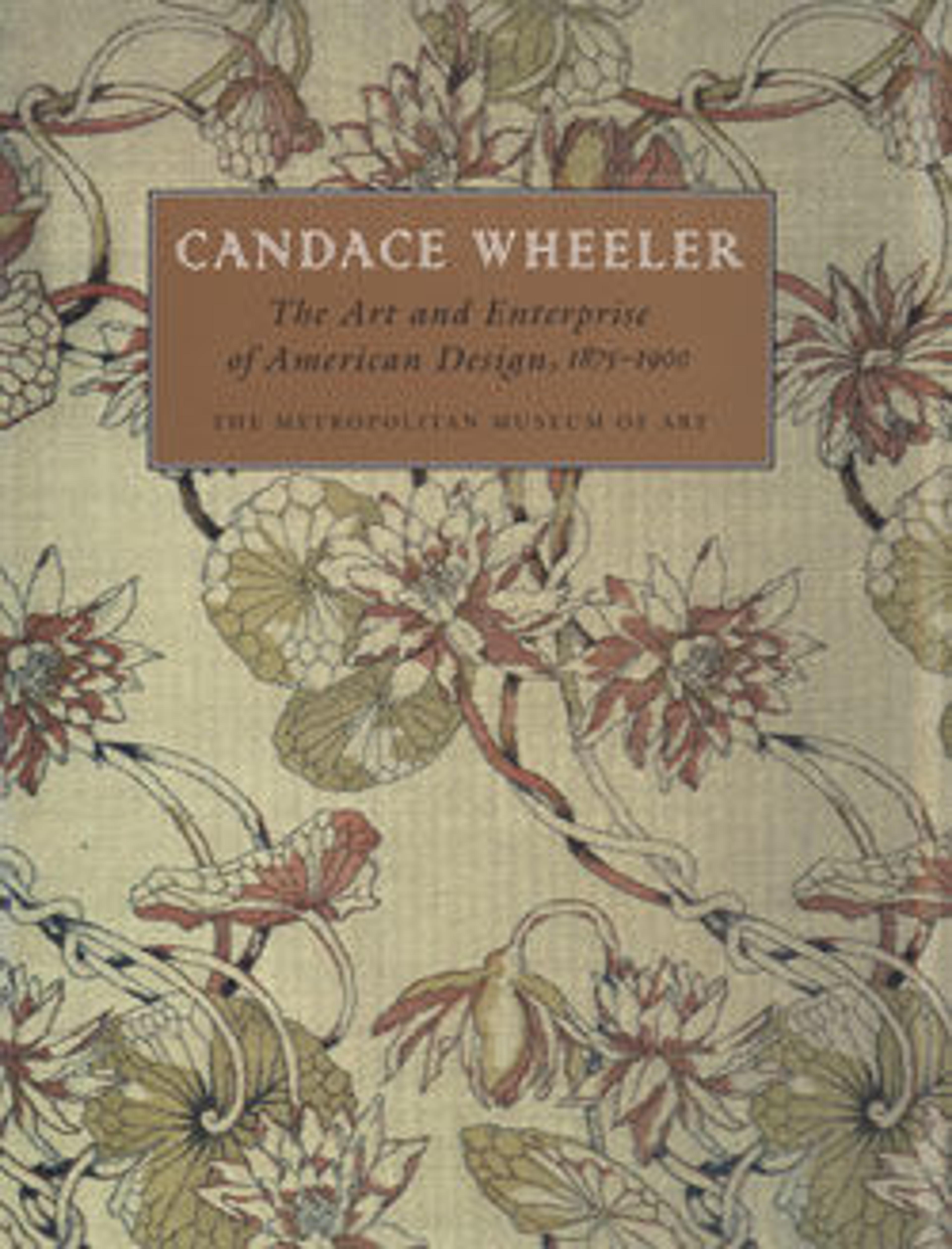Irises panel
Candace Wheeler (1827-1923) designed this lavishly embroidered textile panel soon after she dissolved her partnership with Tiffany, in order to publicize the type of art needlework made by her own new firm, Associated Artists. The panel was one of about a dozen large embroideries by members of the firm that were showcased at the exhibition held in December 1883 to raise money to build a pedestal for the Statue of Liberty. Originally incorporated into a larger portiere, the piece is today much faded and light-damaged. In reviews of the exhibition it was described as a work in “soft tones of dull purple fading to dull pink.” The embroidery was surrounded by a broad band of gold braid set with glass jewels imitating amethyst and topaz, which had disappeared by the time the piece came to the Museum in 1928.
Artwork Details
- Title: Irises panel
- Designer: Candace Wheeler (American, Delhi, New York 1827–1923 New York)
- Maker: Associated Artists (1883–1907)
- Manufacturer: Ground fabric by Cheney Brothers (American, 1838–1955)
- Date: 1883
- Geography: Made in New York, New York, United States
- Culture: American
- Medium: Silk embroidered with silk and metallic-wrapped cotton threads, metal sequins, and cut-glass beads
- Dimensions: 67 1/2 x 45 in. (171.5 x 114.3 cm)
- Credit Line: Gift of the family of Mrs. Candace Wheeler, 1928
- Object Number: 28.34.1
- Curatorial Department: The American Wing
More Artwork
Research Resources
The Met provides unparalleled resources for research and welcomes an international community of students and scholars. The Met's Open Access API is where creators and researchers can connect to the The Met collection. Open Access data and public domain images are available for unrestricted commercial and noncommercial use without permission or fee.
To request images under copyright and other restrictions, please use this Image Request form.
Feedback
We continue to research and examine historical and cultural context for objects in The Met collection. If you have comments or questions about this object record, please complete and submit this form. The Museum looks forward to receiving your comments.
